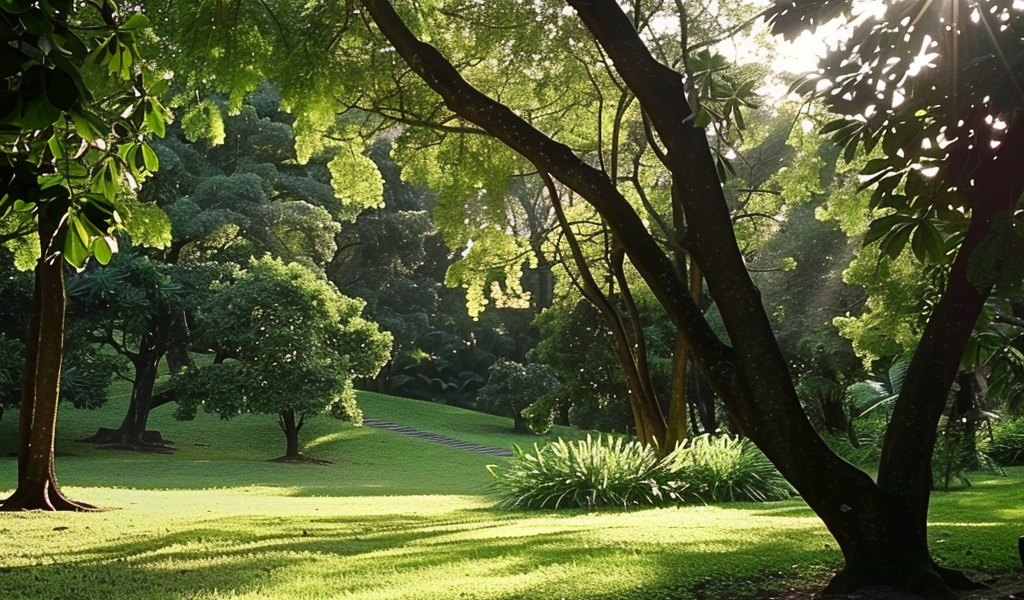Living near green spaces may have a positive impact on bone health, according to a study published in the Annals of the Rheumatic Diseases. The research suggests that residing in leafy areas near gardens, parks, and green spaces could potentially boost bone density and lower the risk of osteoporosis.
The study found that lower levels of air pollution in green spaces play a significant role in these associations. Osteoporosis, a condition that weakens bones and makes them more susceptible to fractures, can lead to chronic pain, diminished mobility, and a lower quality of life. With its global prevalence expected to rise due to the aging population and changes in lifestyle, the findings of this research are particularly significant.
The study analyzed data from the UK Biobank, involving 391,298 individuals with an average age of 56, more than half of whom were women. The participants’ bone mineral density and various influential factors, including genetic risk of osteoporosis, were taken into account. Additionally, the amount of green space in their residential area was determined using a measure called a normalized difference vegetation index (NDVI) based on satellite imagery.
The study also estimated the annual average exposure to pollutants such as nitrogen oxide (NO2) and particulate matter PM2.5 based on residential postcode and data from the ESCAPE project, which examines the long-term effects of air pollution on human health in Europe.
Over an average monitoring period of 12 years, 9307 new cases of osteoporosis were identified. The study found a consistent association between the amount of green space and new cases of osteoporosis, with an increase in bone mineral density and a 5% lower risk of developing osteoporosis for every increase in the NDVI.
These findings suggest that living near green spaces, with lower levels of air pollution, may have a protective effect on bone health and could potentially lower the risk of osteoporosis. Further research in this area could provide valuable insights into the potential benefits of green spaces on overall health and well-being.





